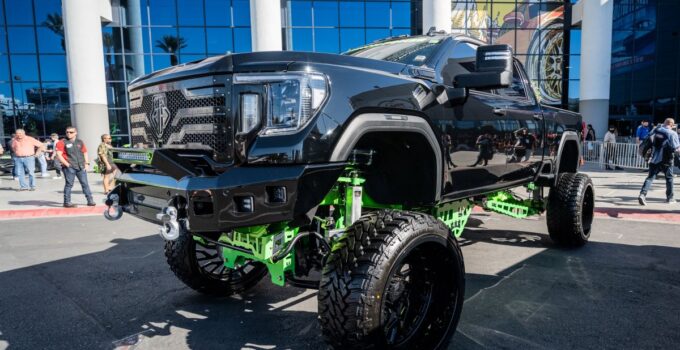Car customization can be a fun way to express your personality, but some mods can land you in hot water with the law. Let’s break down the legalities of common car customizations state by state and explore potential workarounds for those must-have modifications.
1. Tinted Windows

Image Credit: Shutterstock / Parilov
Window tint laws vary widely by state. For example, California requires front side windows to allow at least 70% of light in, while Florida allows down to 28%. In some states, you can get a medical exemption for darker tints. A doctor’s note stating that you need the tint for health reasons, such as photosensitivity, can help you legally bypass these restrictions. Check with your state’s DMV for specific exemption forms and processes.
2. Underglow Lighting
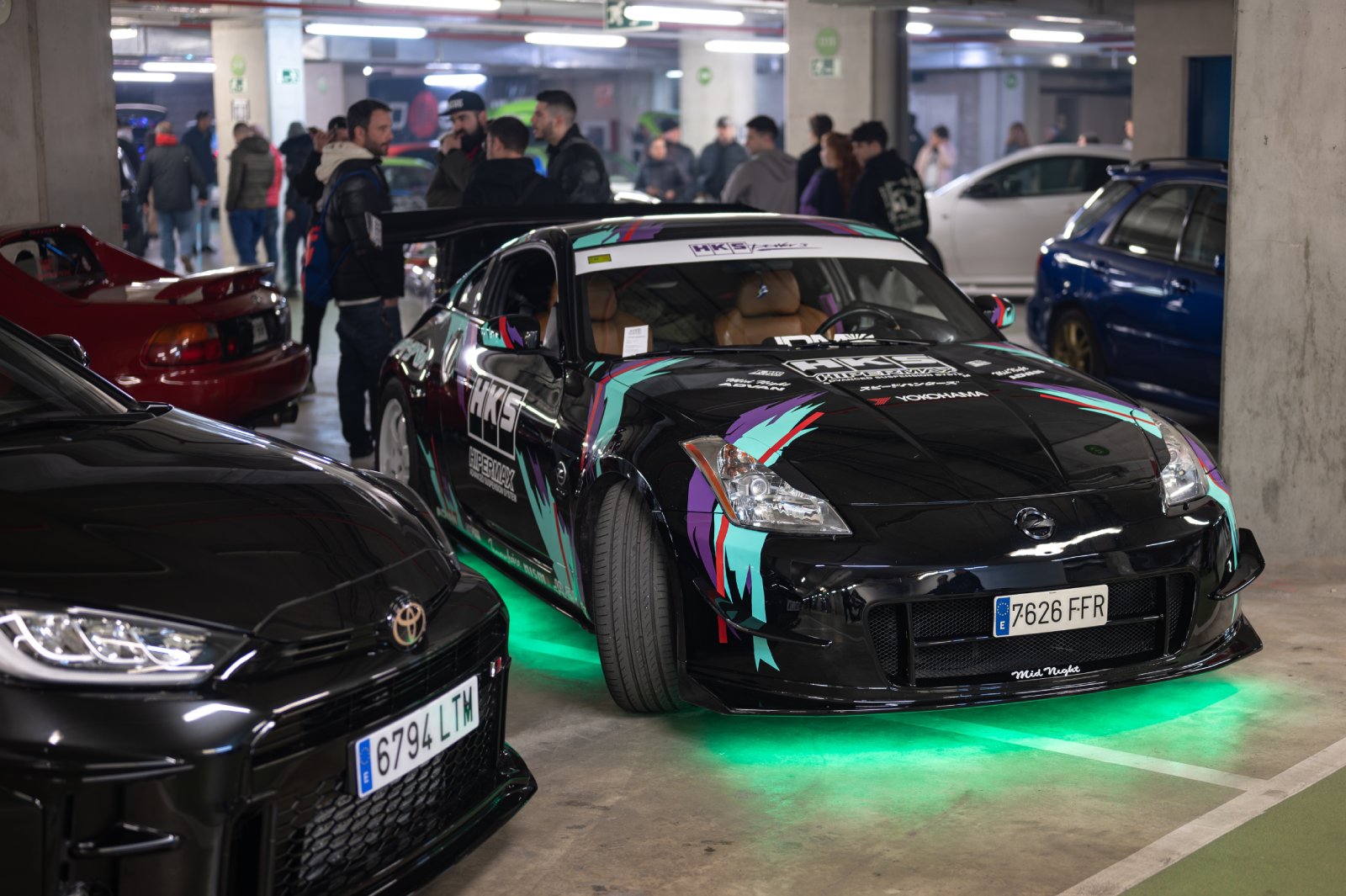
Image Credit: Shutterstock / adolf martinez soler
Underglow lights are generally frowned upon and heavily regulated. States like New York and Texas ban blue and red lights because they can be confused with emergency vehicles. Some states allow underglow lights if they are not visible from the front or rear of the car. Use white or amber lights and install a switch to turn them off while driving.
3. Loud Exhaust Systems

Image Credit: Shutterstock / Ody_Stocker
Many states have noise limits for exhaust systems. For example, California enforces a 95 dB limit, while New York has similar restrictions. Install a variable exhaust system with a valve to control noise levels. This allows you to comply with noise regulations when needed and enjoy a louder exhaust at other times.
4. Lift Kits
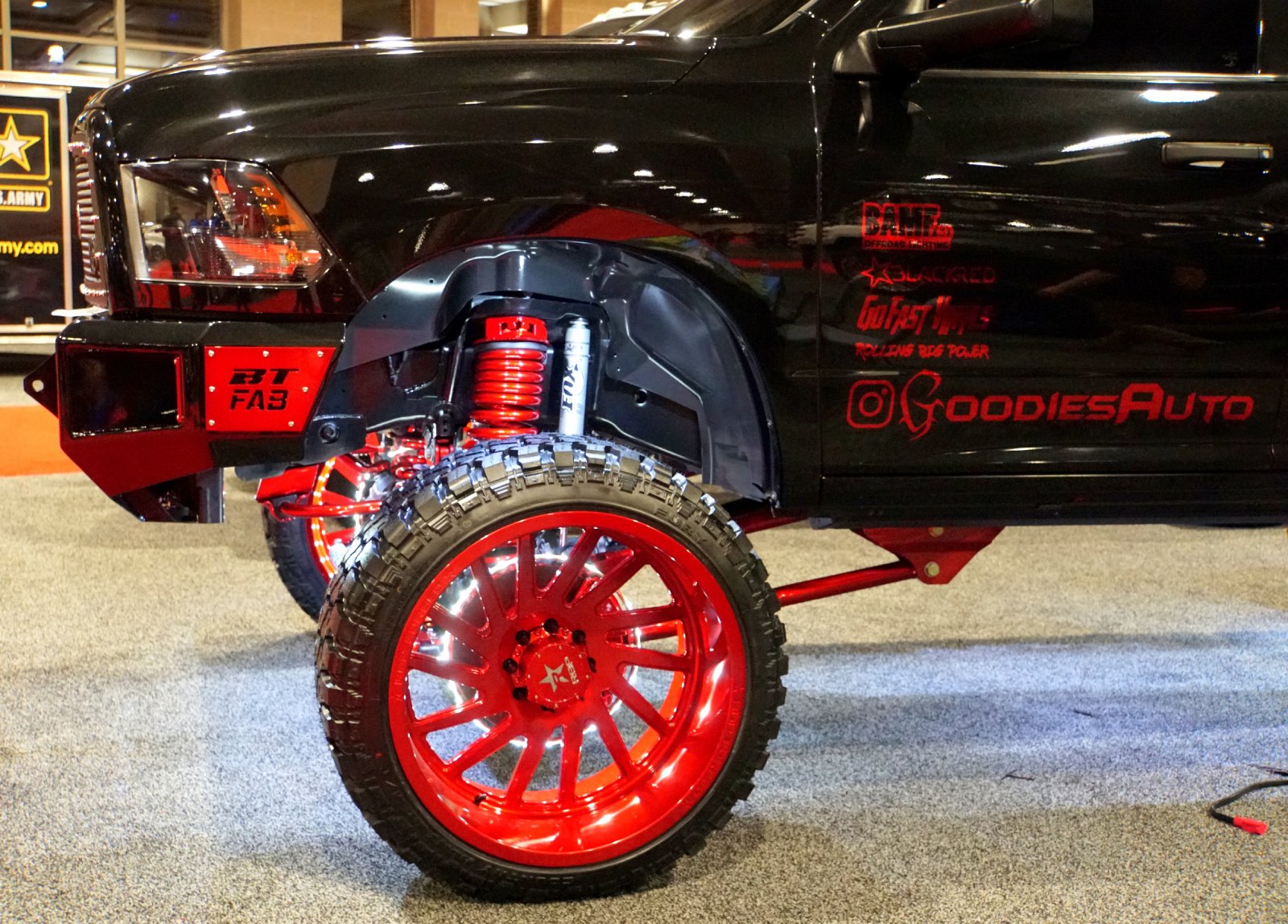
Image Credit: Shutterstock / Khairil Azhar Junos
Lift kit laws depend on your state. Pennsylvania, for instance, limits the lift based on vehicle weight. Use body lifts instead of suspension lifts to stay within legal limits. Body lifts generally face fewer restrictions and can still give your vehicle a higher stance.
5. Lowered Suspension
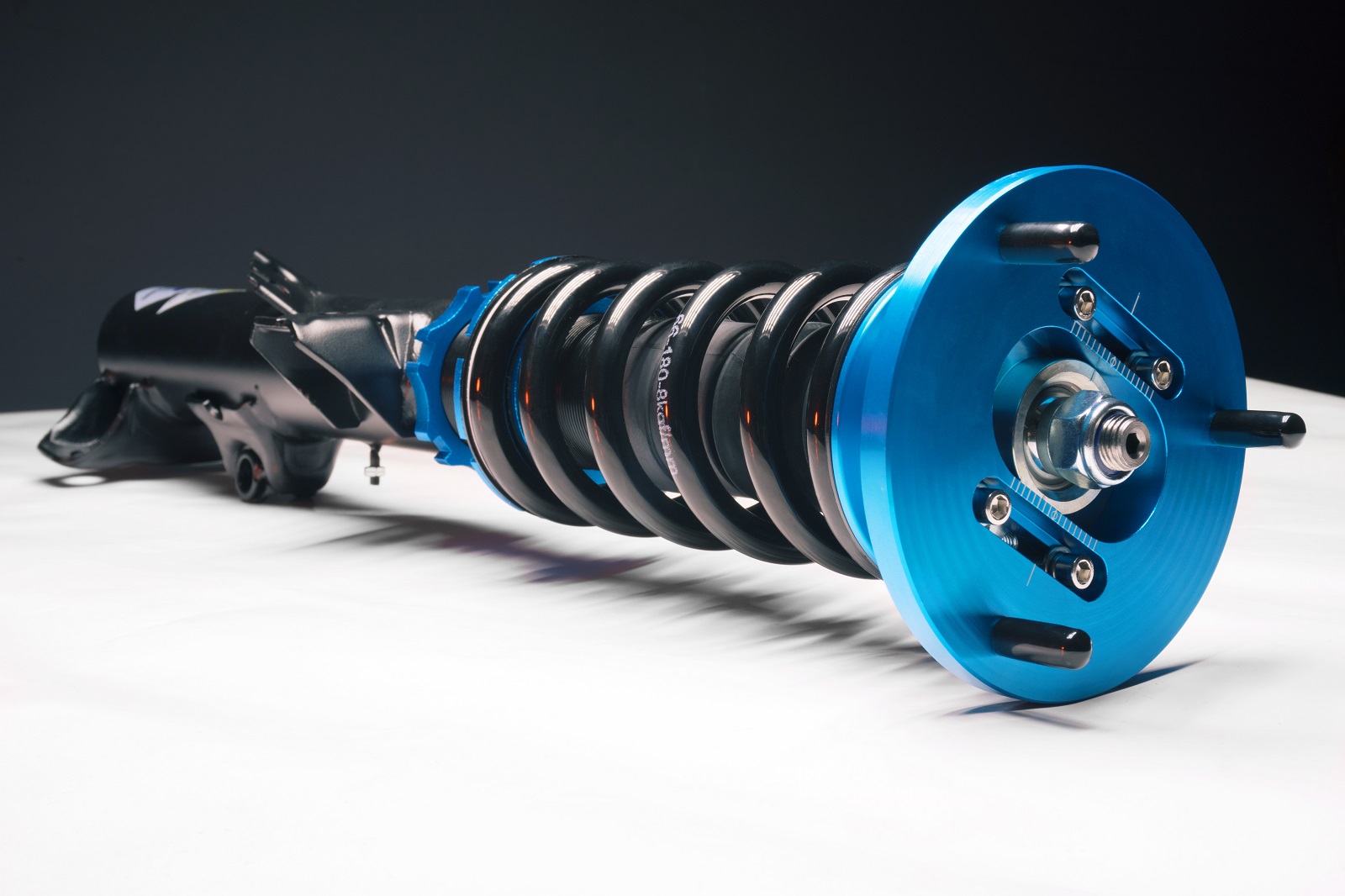
Image Credit: Shutterstock / yuriy23
States like Virginia require a minimum ground clearance of 11 inches. Adjustable coilovers can help you stay legal. You can raise the car for inspections and lower it for daily driving.
6. Nitrous Oxide Systems (NOS)
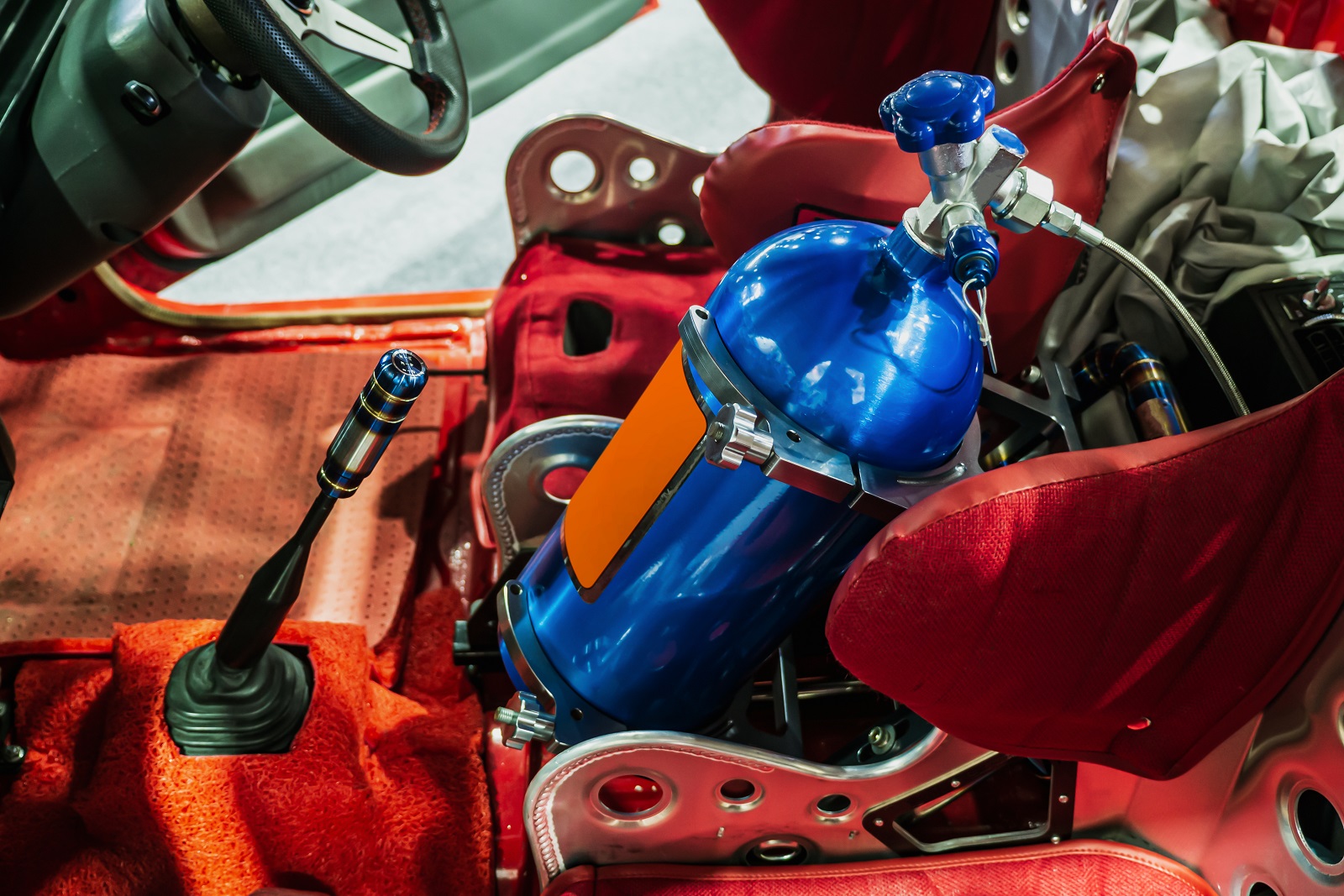
Image Credit: Shutterstock / socrates471
Most states ban the use of NOS on public roads but allow it for track use. Install a removable system that you can detach when driving on public roads. Ensure it’s only used legally at sanctioned events.
7. Headlight and Taillight Tinting
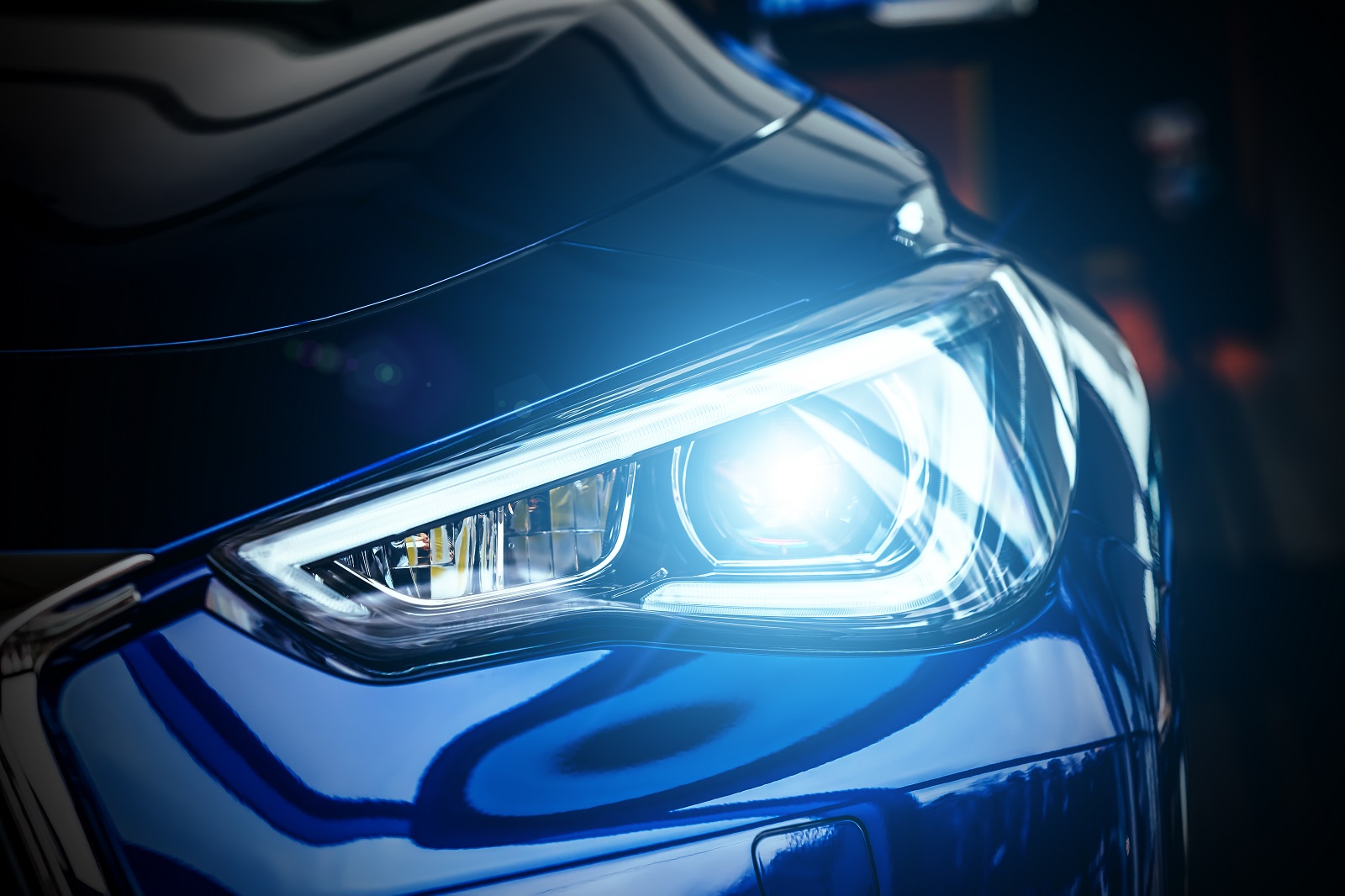
Image Credit: Shutterstock / Oleksiy Mark
Tinting headlights and taillights is illegal in many states as it reduces visibility. Use removable tint covers for shows and meets. Remove them before hitting public roads to stay compliant with the law.
8. Radar Jammers
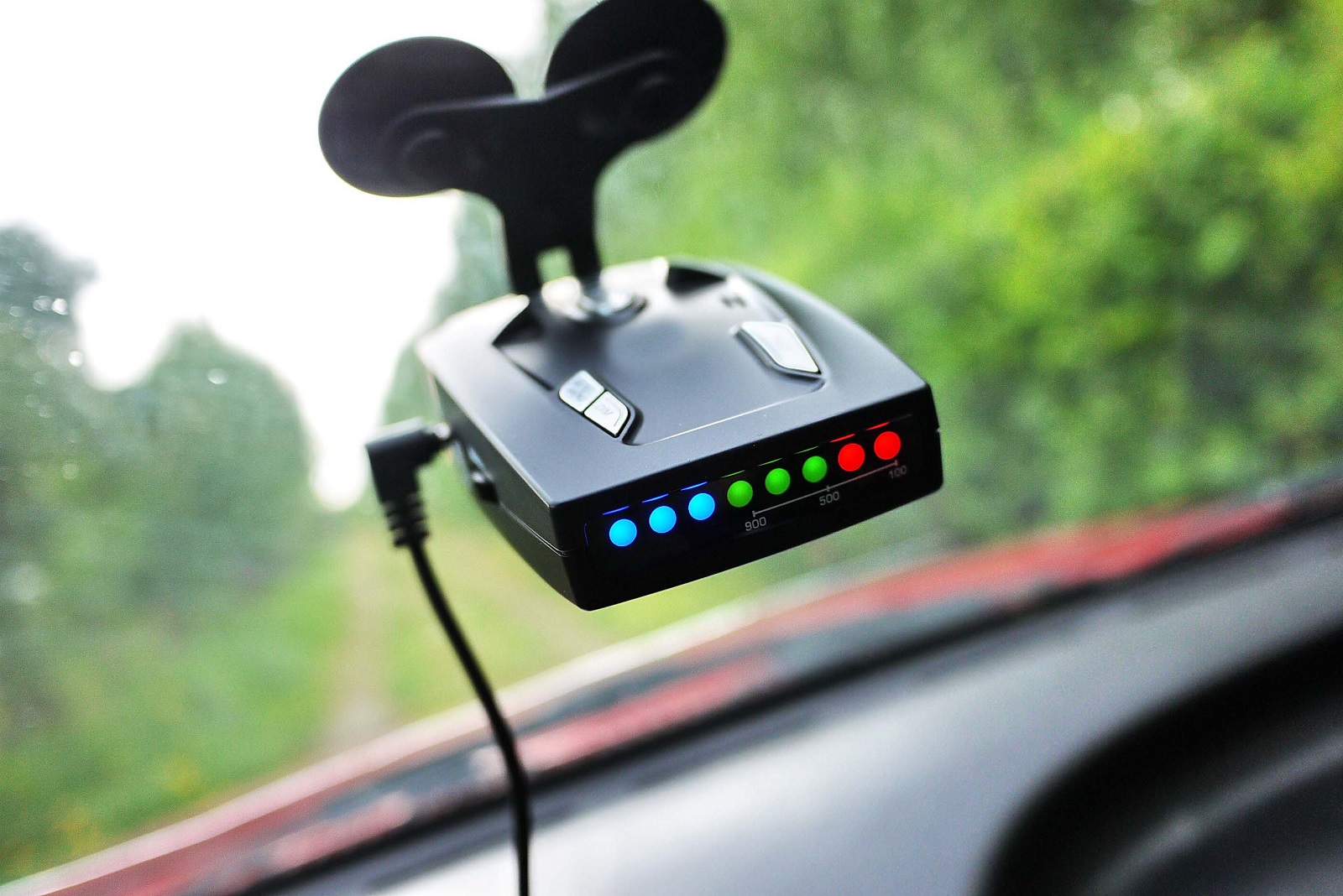
Image Credit: Shutterstock / Vilgun
Radar jammers are illegal under federal law and in all states. Radar detectors are legal in many states except Virginia and Washington D.C. Ensure you know the difference and comply with local laws.
9. Flashing Lights
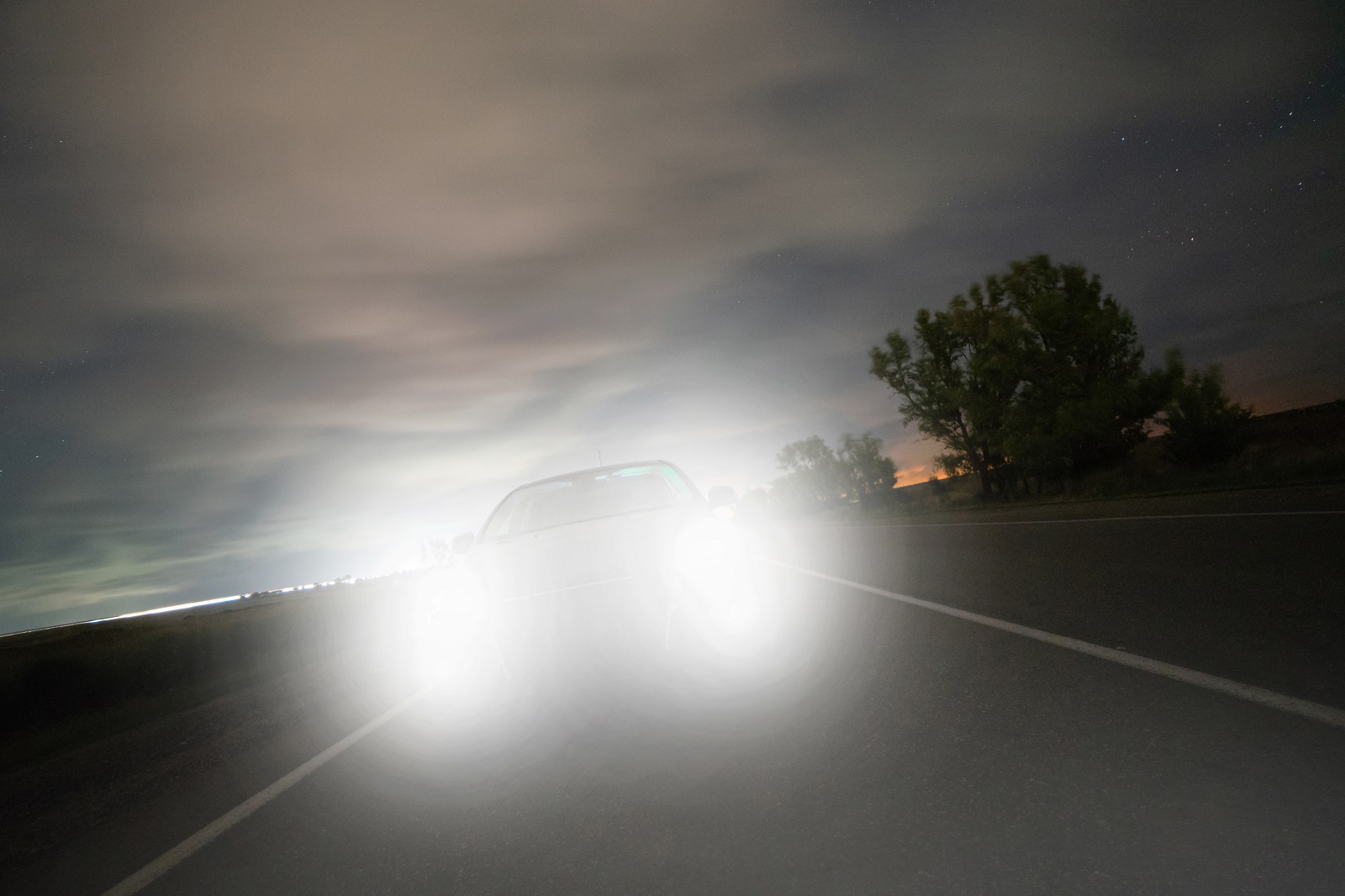
Image Credit: Shutterstock / trambler58
Flashing or rotating lights are usually reserved for emergency vehicles. Use static accent lighting that doesn’t flash or rotate. Keep colors compliant with state regulations.
10. Aftermarket HID Headlights
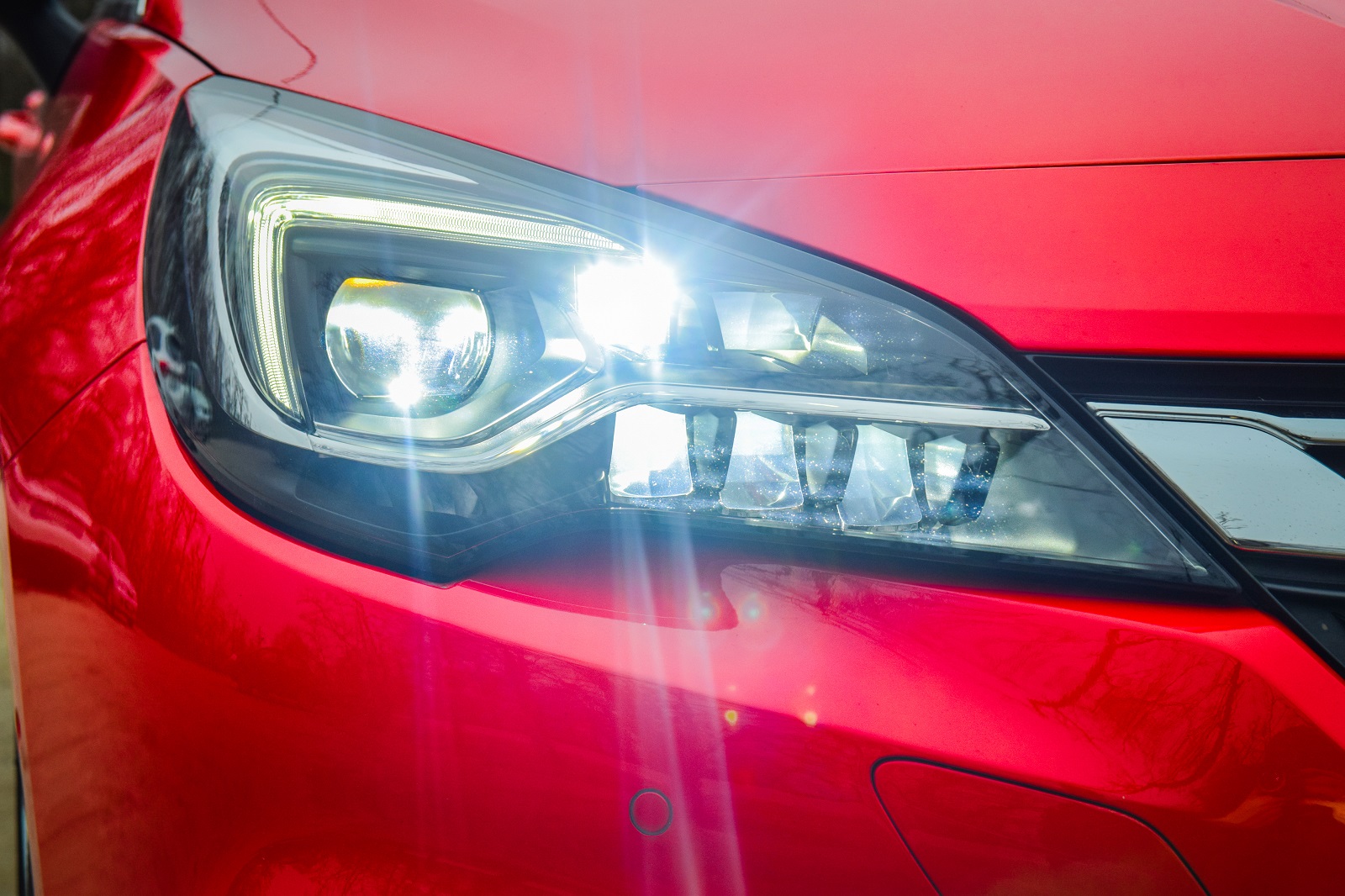
Image Credit: Shutterstock / Yauhen_D
Many states require headlights to meet specific standards. Improperly installed HIDs can be illegal. Use HID conversion kits that comply with DOT regulations. Ensure proper installation to avoid legal issues.
11. Modified License Plates
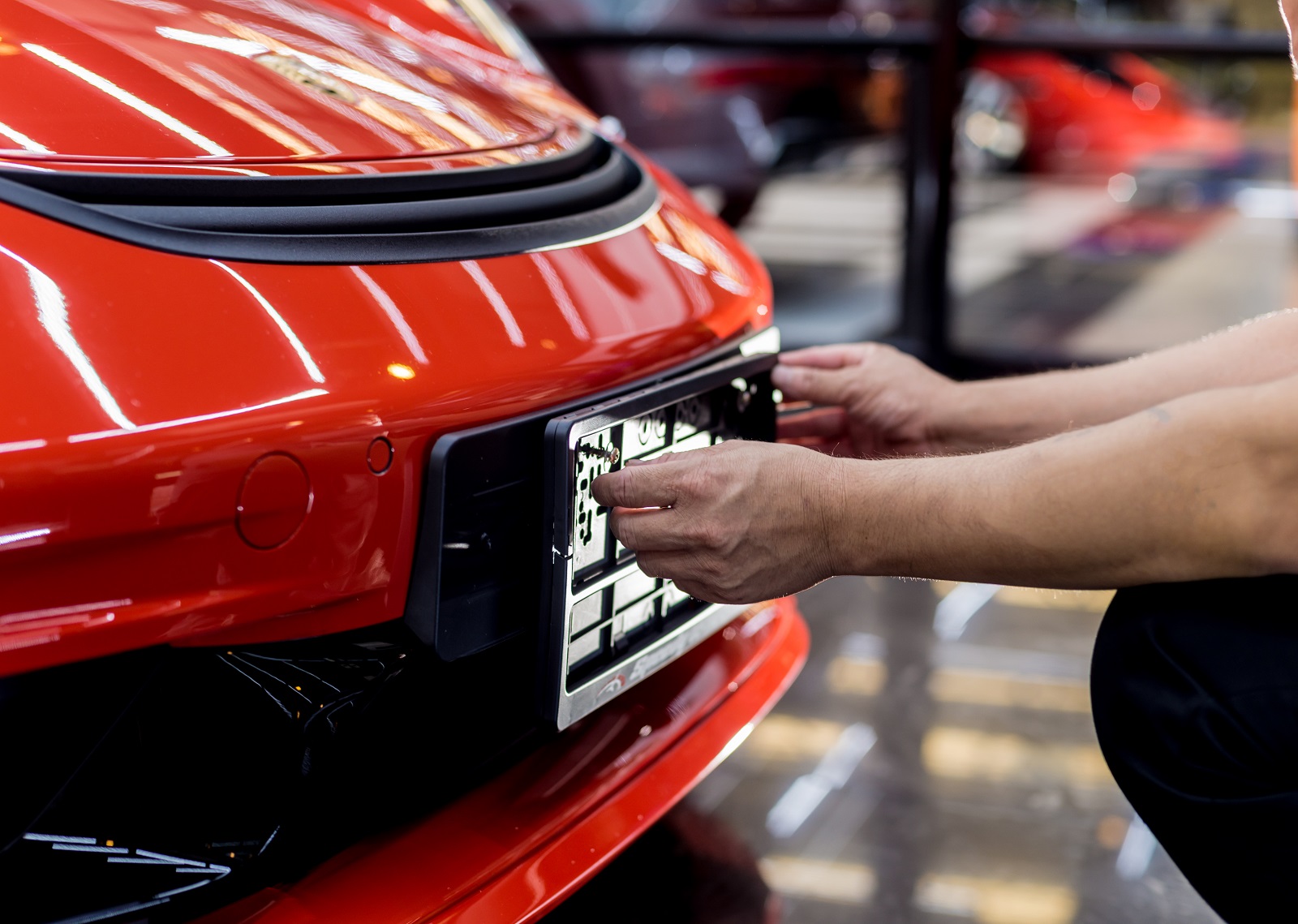
Image Credit: Shutterstock / Roman Zaiets
Altering or obscuring license plates is illegal in all states. Use clear, untinted covers if needed to protect your plates. Avoid any modification that obstructs plate visibility.
12. Excessive Lift Blocks

Image Credit: Shutterstock / Brandon Woyshnis
States like Michigan have specific regulations on the size and placement of lift blocks. Follow state guidelines strictly. Consult a professional to ensure your modifications are compliant.
13. Racing Slicks
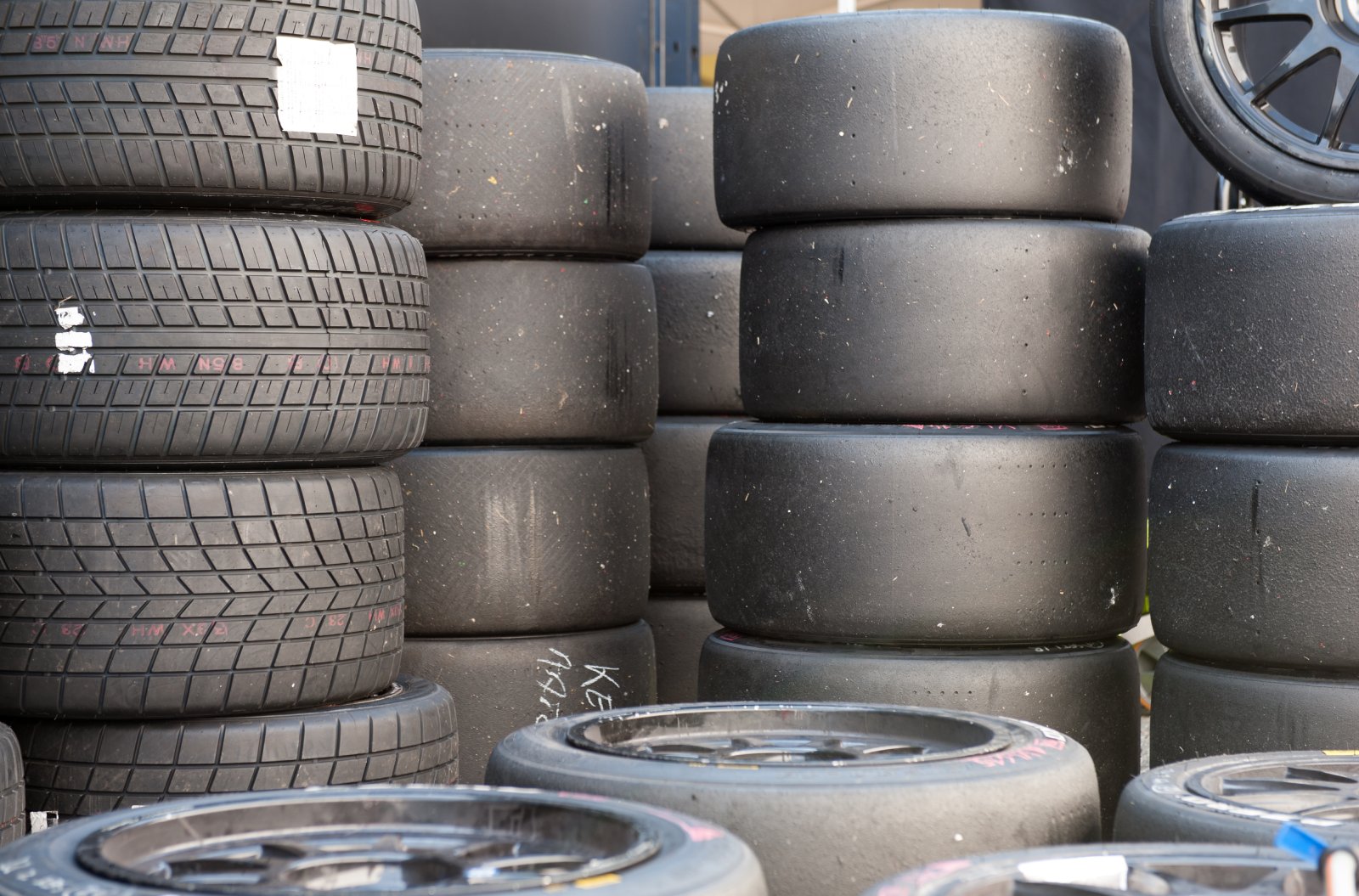
Image Credit: Shutterstock / Fabio Pagani
Slick tires are illegal for street use in most states. Use DOT-approved racing tires that have some tread and are street legal.
14. Missing or Modified Emissions Equipment
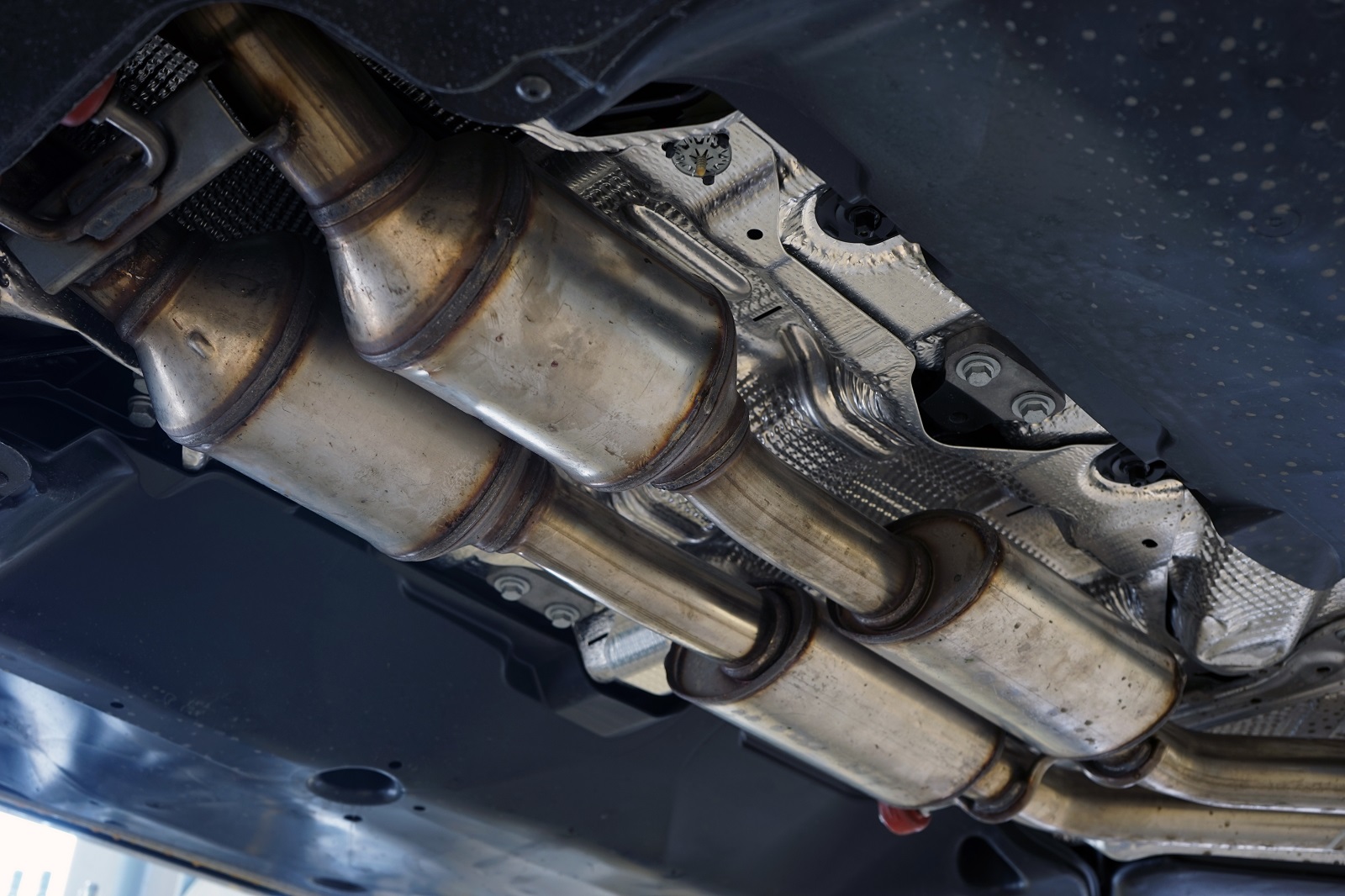
Image Credit: Shutterstock / Orlov Alexsandr
Federal and state laws prohibit tampering with emissions equipment like catalytic converters. Use high-flow catalytic converters that meet emissions standards while still providing performance benefits.
15. Excessive Window Decals

Image Credit: Shutterstock / FotosForTheFuture
States like New Jersey restrict how much of your windows can be covered by decals. Keep decals within legal size limits. Place them on rear windows or other non-restricted areas.
16. Air Horns
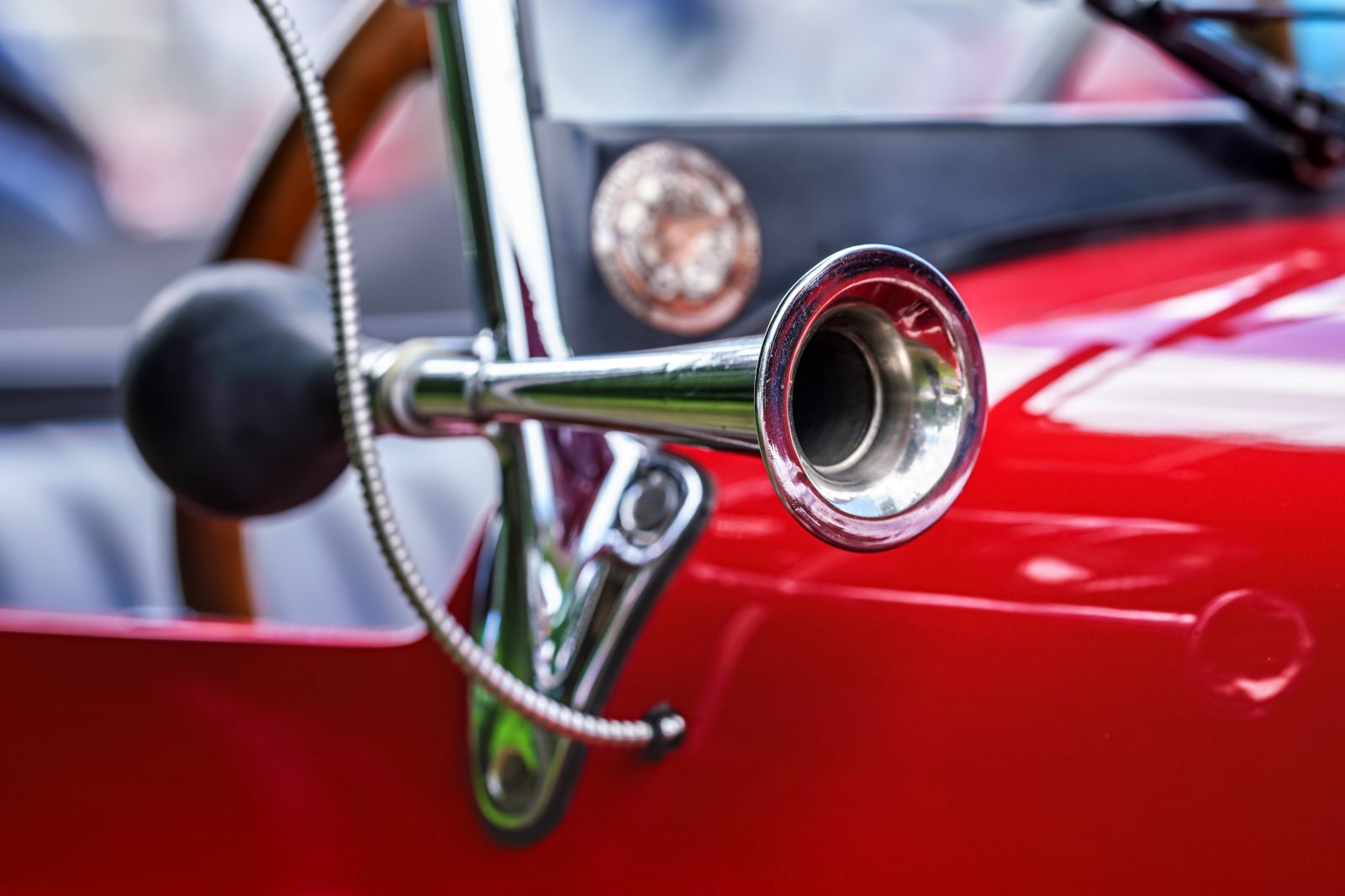
Image Credit: Shutterstock / Lubo Ivanko
Air horns are typically regulated due to noise ordinances. Install a switch to use the standard horn for regular driving and the air horn only in emergencies.
17. Spinners
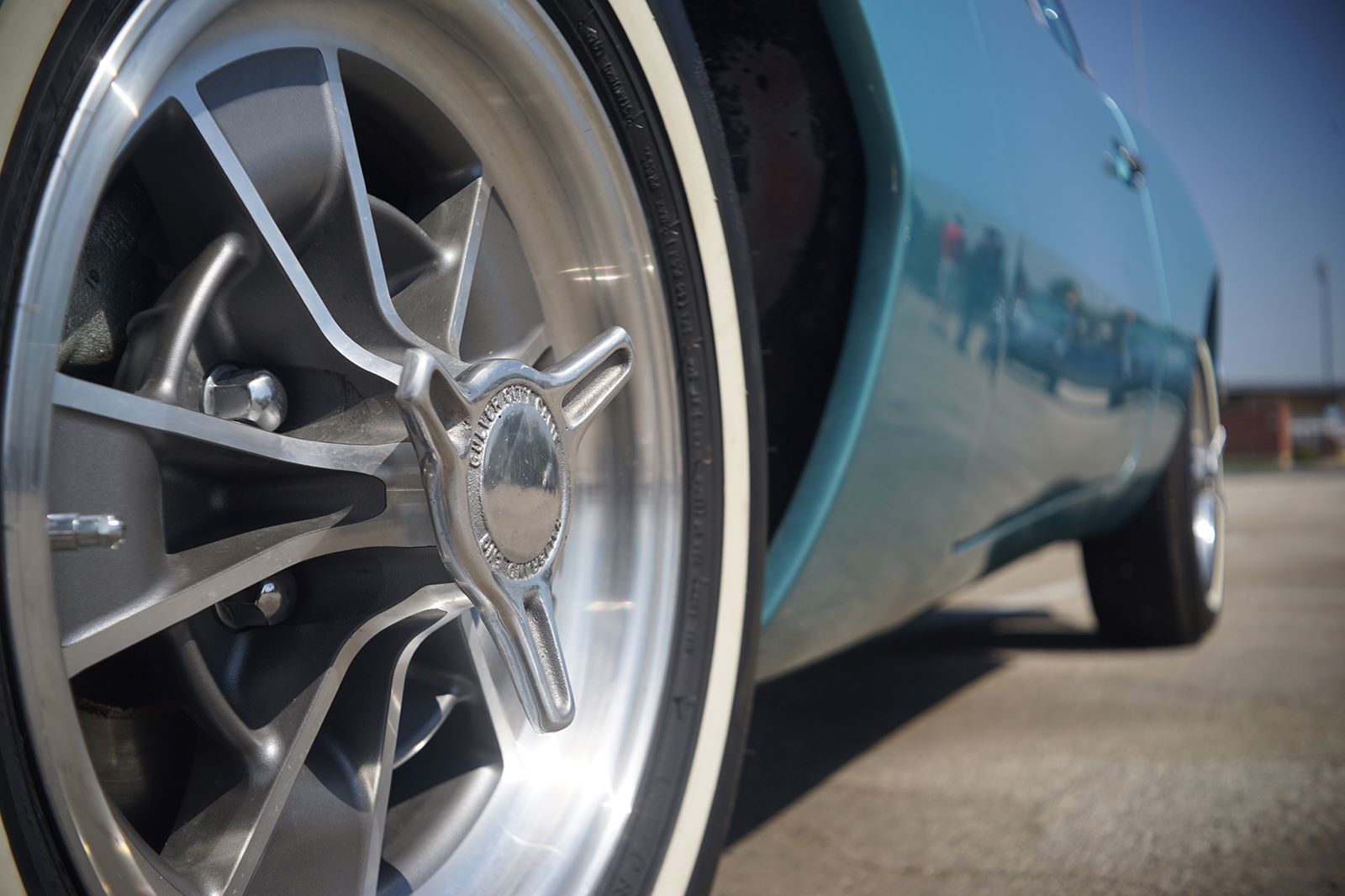
Image Credit: Shutterstock / Wirestock Creators
Some states ban spinner rims due to safety concerns. Use removable spinner attachments for shows and remove them for daily driving to stay within legal bounds.
18. Wide Tires
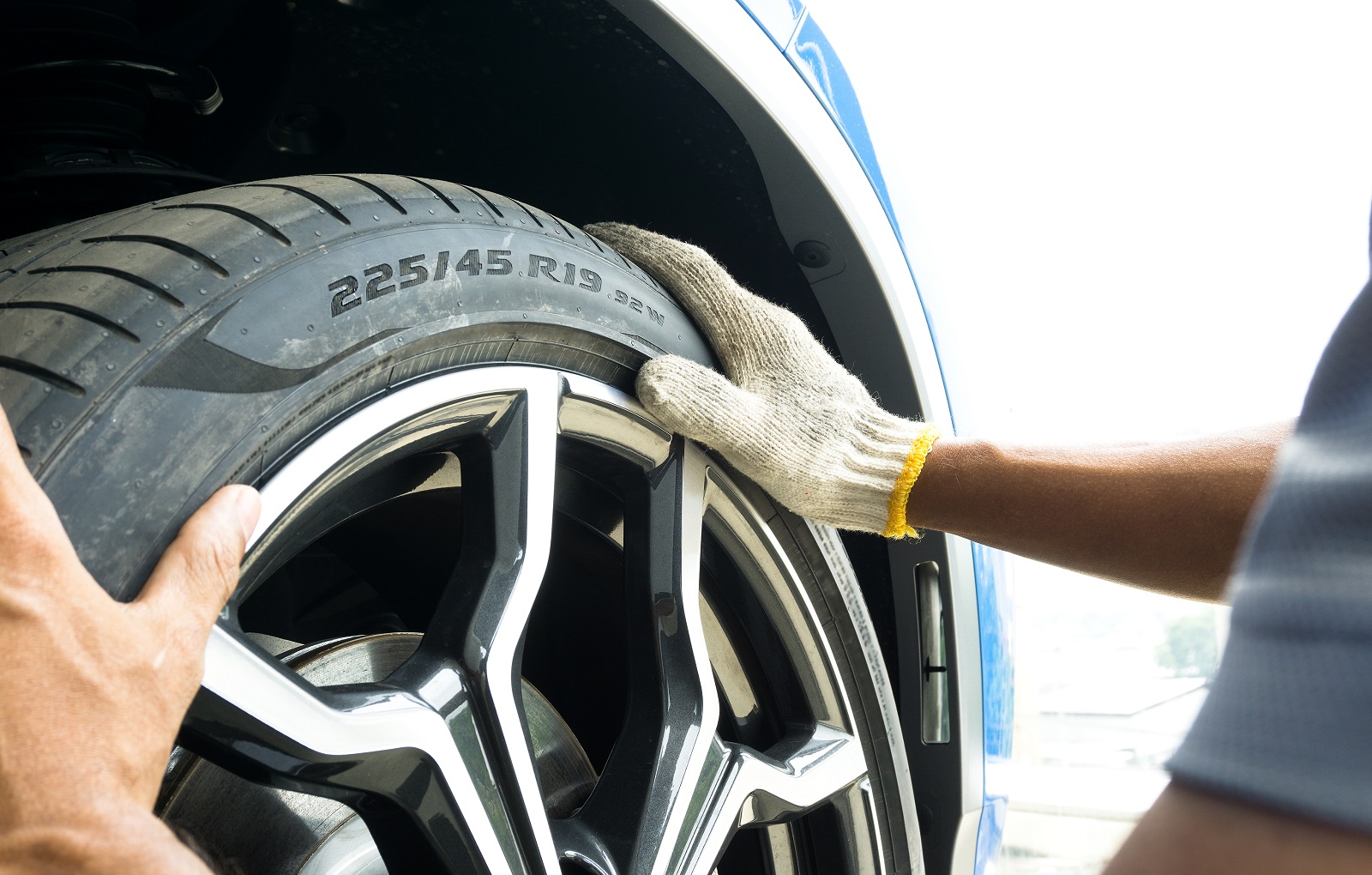
Image Credit:Shutterstock / Smile Fight
Tires extending beyond the fender are illegal in many states. Install fender flares to cover the extra width. This keeps your vehicle legal and protects it from debris.
19. Stretched Tires
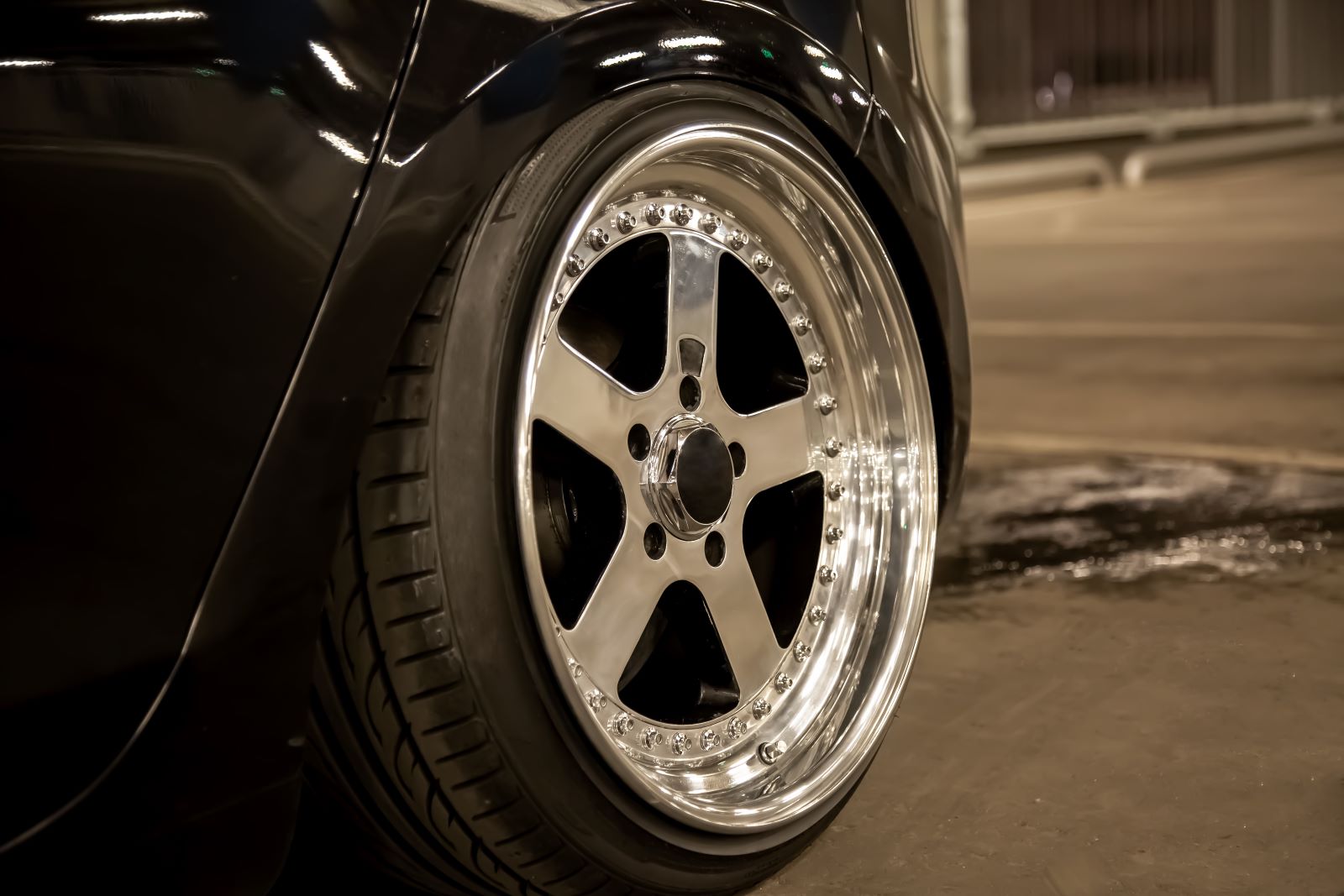
Image Credit: Shutterstock / Dmitry Dven
Stretched tires can be dangerous and illegal in states with strict safety inspections. Use tires that match your rims properly. Consult with a professional to ensure your setup is safe and legal.
20. Colored Fog Lights

Image Credit: Shutterstock / teh_z1b
Blue and red fog lights are often illegal since they resemble emergency vehicle lights. Stick to white or yellow fog lights that comply with state regulations.
21. Unauthorized Engine Swaps

Image Credit: Pexels / Andrea Piacquadio
Engine swaps must meet emissions standards and be properly registered in most states. Ensure your swap is emissions-compliant and get it inspected and registered with your state’s DMV.
Navigating Car Customization Laws
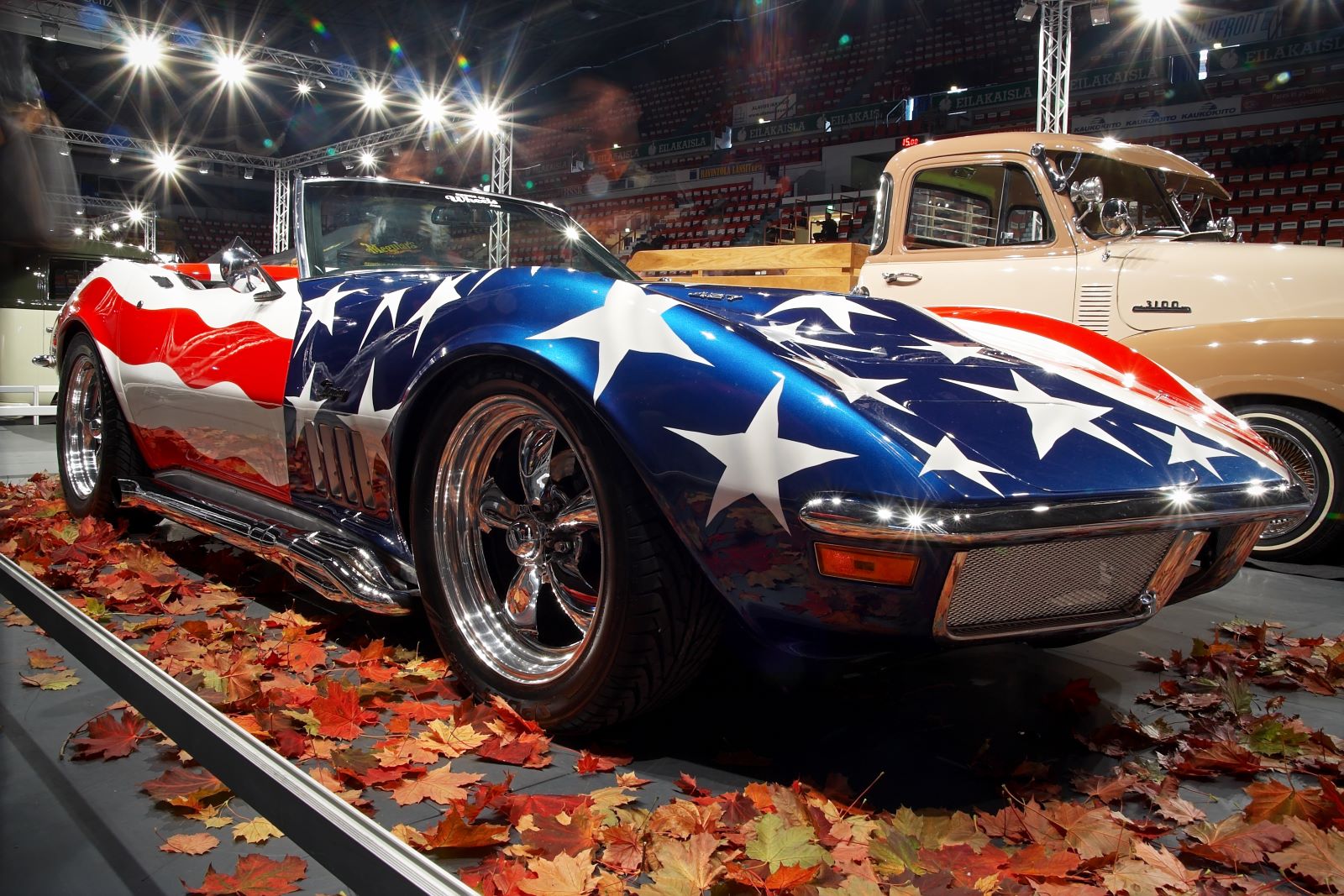
Image Credit: Shutterstock / Maksim Toome
Customizing your car can be a rewarding hobby, but it’s essential to know the legal landscape to avoid fines and penalties. Always check your state’s regulations before making modifications and explore legal workarounds where possible. With a bit of research and creativity, you can enjoy your custom ride without running afoul of the law.
2024’s Most Anticipated Car Releases: What’s Coming Soon

Image Credit: Shutterstock / canadianPhotographer56
If you love cars, 2024 is shaping up to be an exciting year. New models are rolling out with more power, better tech, and some fresh designs that could change the game. Here’s the scoop on the top cars hitting the streets soon. 2024’s Most Anticipated Car Releases: What’s Coming Soon
21 Mods That Make Your Car Illegal

Image Credit: Shutterstock / macondo
Car modifications can enhance style and performance, but not all modifications are legal. Here are 21 illegal car modifications that can get you in trouble with the law across various states. 21 Mods That Make Your Car Illegal
10 American Classic Cars That Define a Generation
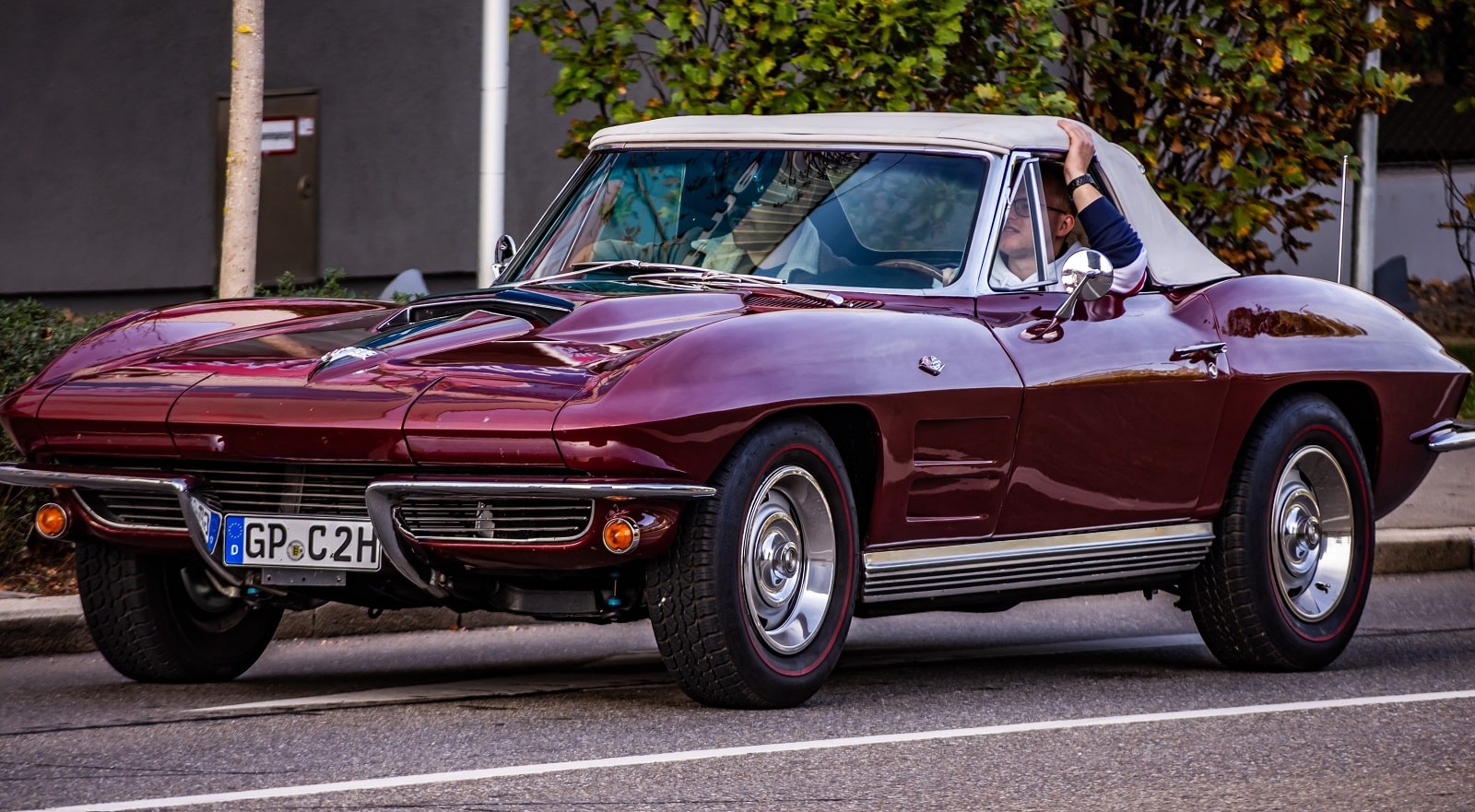
Image Credit: Shutterstock / Krisz12Photo
American classic cars are symbols of their eras, each telling a story of its time and capturing the essence of car culture. Here are ten classics that defined generations. 10 American Classic Cars That Define a Generation
Featured Image Credit: Shutterstock / betto rodrigues.
For transparency, this content was partly developed with AI assistance and carefully curated by an experienced editor to be informative and ensure accuracy.
